Why are Toyota RAV4 Prime plug-in hybrid owners being advised not to plug in?
Which SUV costs less to lease as a plug-in hybrid than in standard gasoline form?
This is our look back at the Week In Reverse—right here at Green Car Reports—for the week ending July 21, 2023.
One of the best-received pieces of news of the week came Monday, when a nearly $10,000 price cut on the Ford F-150 Lightning brought the base Pro back down to $51,990. But to put it all in contact, that means the base Lightning Pro now costs only 25% more than it did last year.
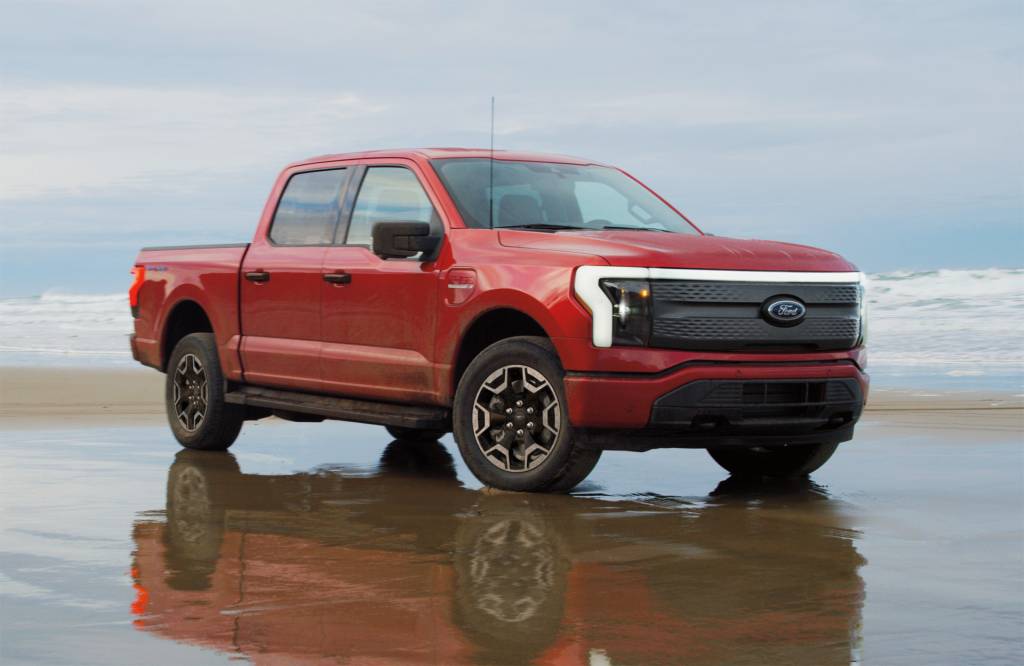
2023 Ford F-150 Lightning
There are a lot of great deals out there—if you’re willing to expand your shopping to leasing. The Jeep Wrangler 4xe plug-in hybrid currently costs less to lease than the non-hybrid Wrangler, thanks in part to the Commercial Electric Vehicle Tax Credit that’s helping subsidize a wide range of EV leases.
Tesla announced last weekend that it made the first Cybertruck in Austin—although it included no details on the eagerly anticipated electric truck or even whether this indicates mass production will ramp up any earlier. But on Wednesday, during its quarterly financial update, it revealed a few more tech tidbits about its Cybertruck—most notably, that Cybertruck battery cells will get a 10% boost in energy density versus those used in the Model Y. It hasn’t said, though, whether this means more range than the 250 to 500 miles originally claimed. The company has reportedly been readying a high-nickel version, so there may be room to grow beyond this in the near future.
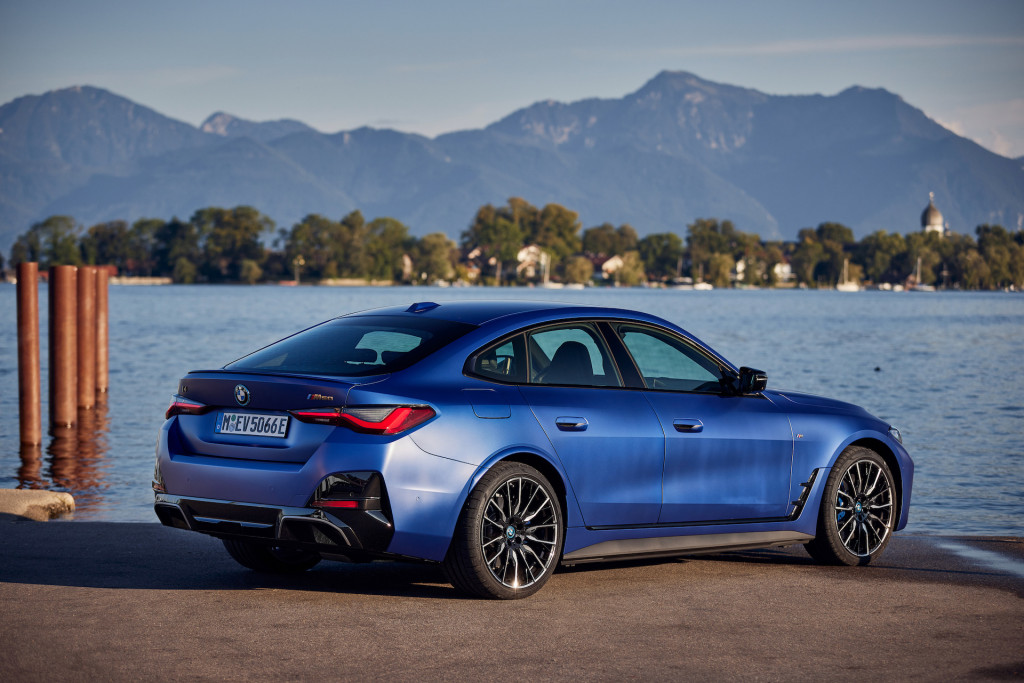
2022 BMW i4 M50
According to results from the latest J.D. Power APEAL study, looking at the first 90 days of ownership, owner satisfaction is down for Tesla, while it’s up for other EVs. Standouts for high satisfaction this year were the BMW i4 and Genesis GV60.
The list of automakers confirming the switch to Tesla’s NACS charge connector continues to grow. Nissan on Wednesday became the first Japanese automaker planning to adopt NACS in new U.S.-bound EVs in 2025, with an adapter arriving in 2024.
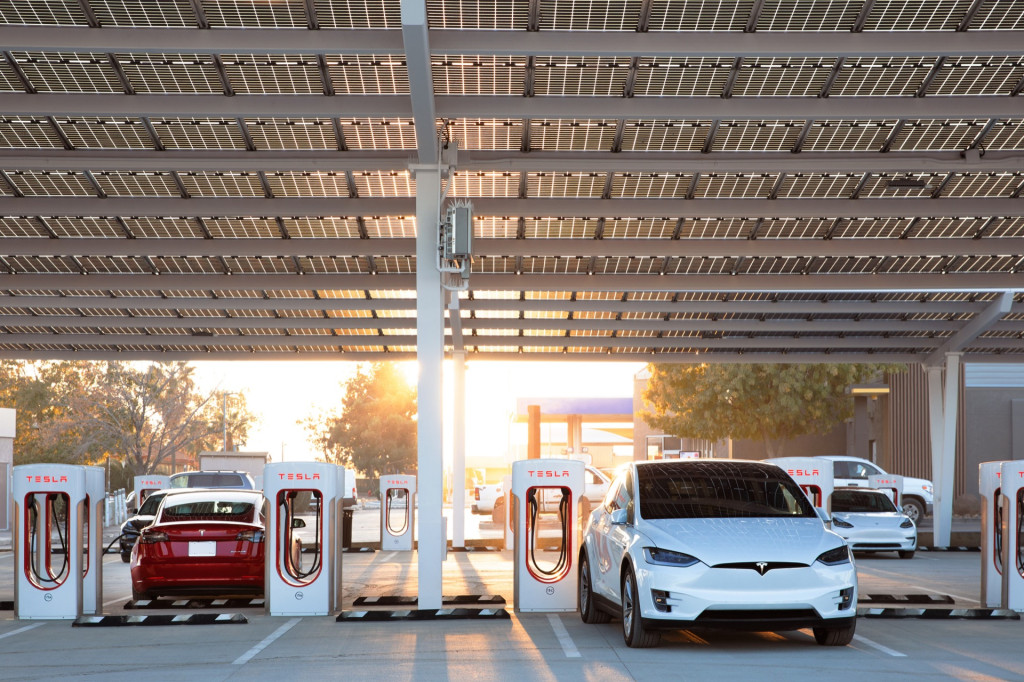
Tesla Supercharger
As part of a roundup of potentially weight-saving, range-boosting development and research work being done by the Volkswagen Group in the U.S., VW confirmed it’s working on high-power wireless charging—with potential charge rates that are well into DC fast-charging territory. There was still no confirmation of the Tesla NACS charge port, although it’s under consideration.
Hyundai revealed the look of the 2024 Hyundai Santa Fe lineup, likely set to continue including Hybrid and Plug-In Hybrid versions. To sum, it gets a lot boxier and more angular, with a look and added functionality that Hyundai says makes it optimized for the outdoors. It may also be a better fit alongside the upcoming Ioniq 7 electric SUV.
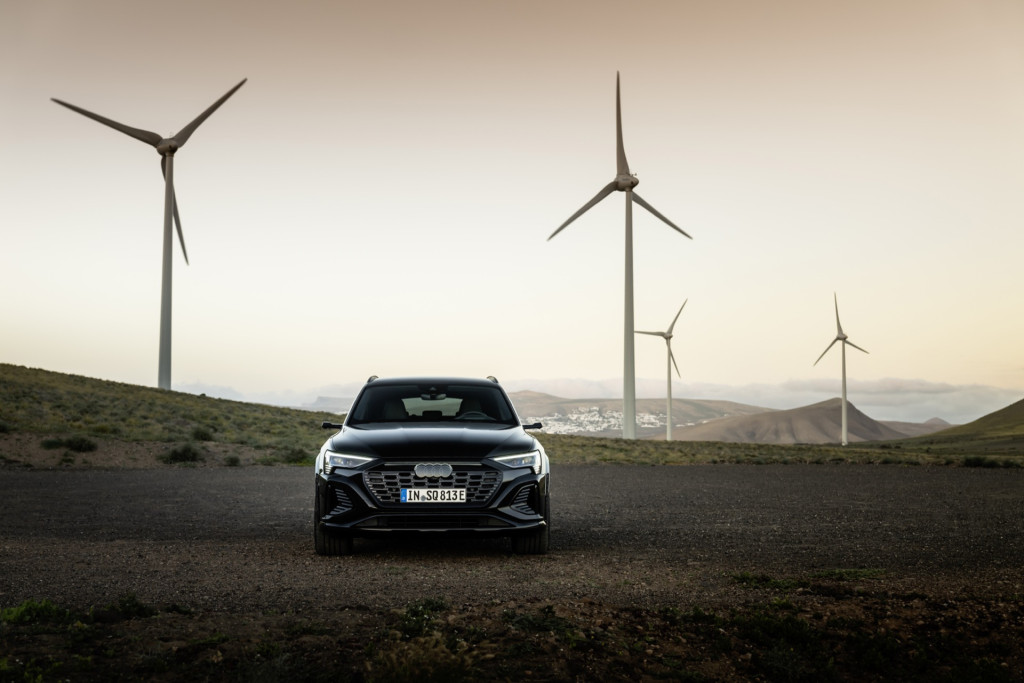
2024 Audi Q8 E-Tron
All the Audi electric SUVs get the Top Safety Pick+ nod from the Insurance Institute for Highway Safety (IIHS), the organization underscored this week. That includes the 2024 Q8 E-Tron family—formerly known as E-Tron SUV and Sportback—as well as the Q4 E-Tron family. Although it doesn’t include the exclusive E-Tron GT sedan.
Cold-weather charging of the Toyota RAV4 Prime and Lexus NX 450h+ is being advised against as part of a recall of these plug-in hybrids for a faulty component that might lead to a fire. This is the first propulsion-related recall of this much-loved PHEV that’s not a software fix.

BrightDrop EV410
This was a big week for EV-production-related news—including future EVs, recalibrated expectations, and new markets. GM, for instance, has paused production of BrightDrop electric vans at its Canadian assembly plant due to a reported battery shortage—all while the automaker claims to be accelerating momentum. In the second quarter GM sold less than 2,000 of its EVs that aren’t the soon-to-be-discontinued Chevy Bolt EV or EUV.
Mazda is planning two EVs for North America set to be introduced in the 2025-2027 timeframe, and it’s looking to localize American EV production soon after that. But as a report recently underscored, Mexican-made Mazda EVs are looking increasingly likely.
According to a report, Tesla and BYD are seeking to make affordable EVs in India—not together, but independently. Tesla might potentially use India as an export base, reportedly, while BYD might be pursuing a partnership with a local company that could include batteries and a full line of EVs.
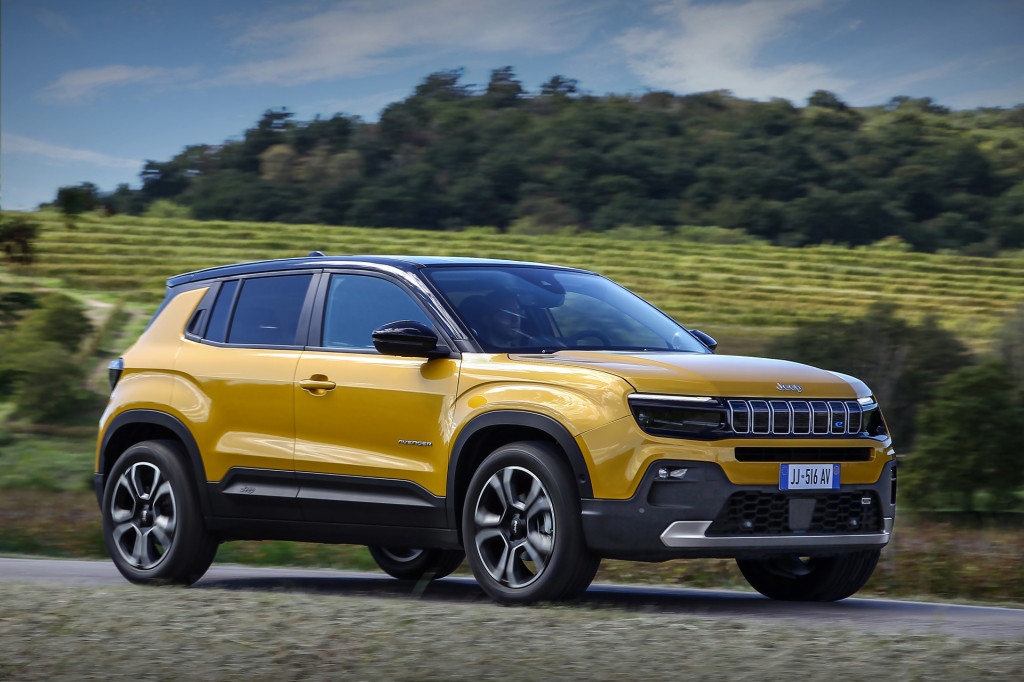
Jeep Avenger
And the Jeep brand appears to have backtracked on its EV plans for Europe. Jeep revealed the Avenger last year with the intent to sell a gasoline version on a very limited basis on the Continent—but it’s reportedly since expanded availability of the tank-and-tailpipe model as part of what the head of Jeep in Europe calls a “pragmatic” decision that won’t affect the brand’s aim to go all EV there by 2030.
Finally, the EU has added new requirements for more closely spaced DC fast-charging stations in Europe. It includes a charging network supporting heavy-duty trucks and a requirement for hydrogen fueling stations by 2031—although if the formation of U.S. and European hydrogen networks up until now are any indication, the plan may need some fine-tuning along the way.
_______________________________________

